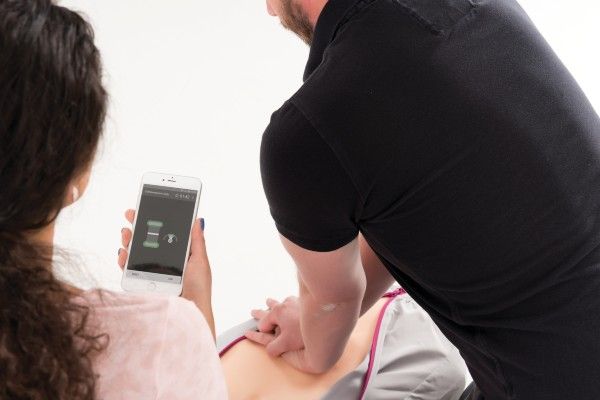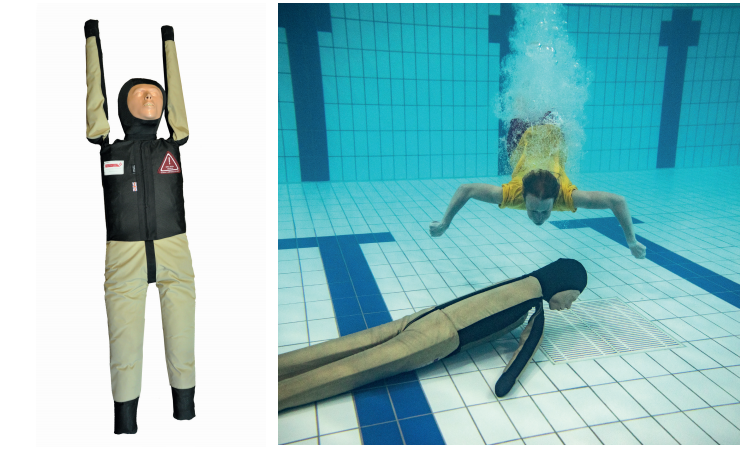.png?1658994553362)
OVERVIEW
ANATOMY
*Force feedback is unique to this model and not available on the PROMPT Flex Standard
EVIDENCE
Training for Shoulder Dystocia: A Trial of Simulation Using Low-Fidelity and High-Fidelity Mannequins.
Crofts, J. F., C. Bartlett, et al. (2006). "Training for Shoulder Dystocia: A Trial of Simulation Using Low-Fidelity and High-Fidelity Mannequins." Obstet Gynecol 108(6): 1477-1485.
Management of Shoulder Dystocia: Skill Retention 6 and 12 Months After Training.
Crofts, J. F., C. Bartlett, et al. (2007). "Management of Shoulder Dystocia: Skill Retention 6 and 12 Months After Training." Obstet Gynecol 110(5): 1069-1074.
Shoulder dystocia training using a new birth training mannequin.
Crofts, J. F. A., Georgios; Read, Mike; Sibanda, Thabani; Draycott, Timothy J. (2005). "Shoulder dystocia training using a new birth training mannequin." BJOG: An International Journal of Obstetrics & Gynaecology 112(7): 997-999.
Patient-actor perception of care: a comparison of obstetric emergency training using manikins and patient-actors.
Crofts, J. F. B., C; Ellis, D; Winter, C; Donald, F; Hunt, L P; Draycott, T J (2008). "Patient-actor perception of care: a comparison of obstetric emergency training using manikins and patient-actors." Quality & Safety in Health Care 17(1): 20-24.
Improving Neonatal Outcome Through Practical Shoulder Dystocia Training.
Draycott, T. J., J. F. Crofts, et al. (2008). "Improving Neonatal Outcome Through Practical Shoulder Dystocia Training." Obstet Gynecol 112(1): 14-20.
Shoulder Dystocia: Using Simulation to Train Providers and Teams.
Fahey, J. O. M., MPH, CNM; Mighty, Hugh E. MD (2008). "Shoulder Dystocia: Using Simulation to Train Providers and Teams." Journal of Perinatal & Neonatal Nursing 22(2): 114-122.
80186 - Light Skin Tone
80286 - Dark Skin Tone





